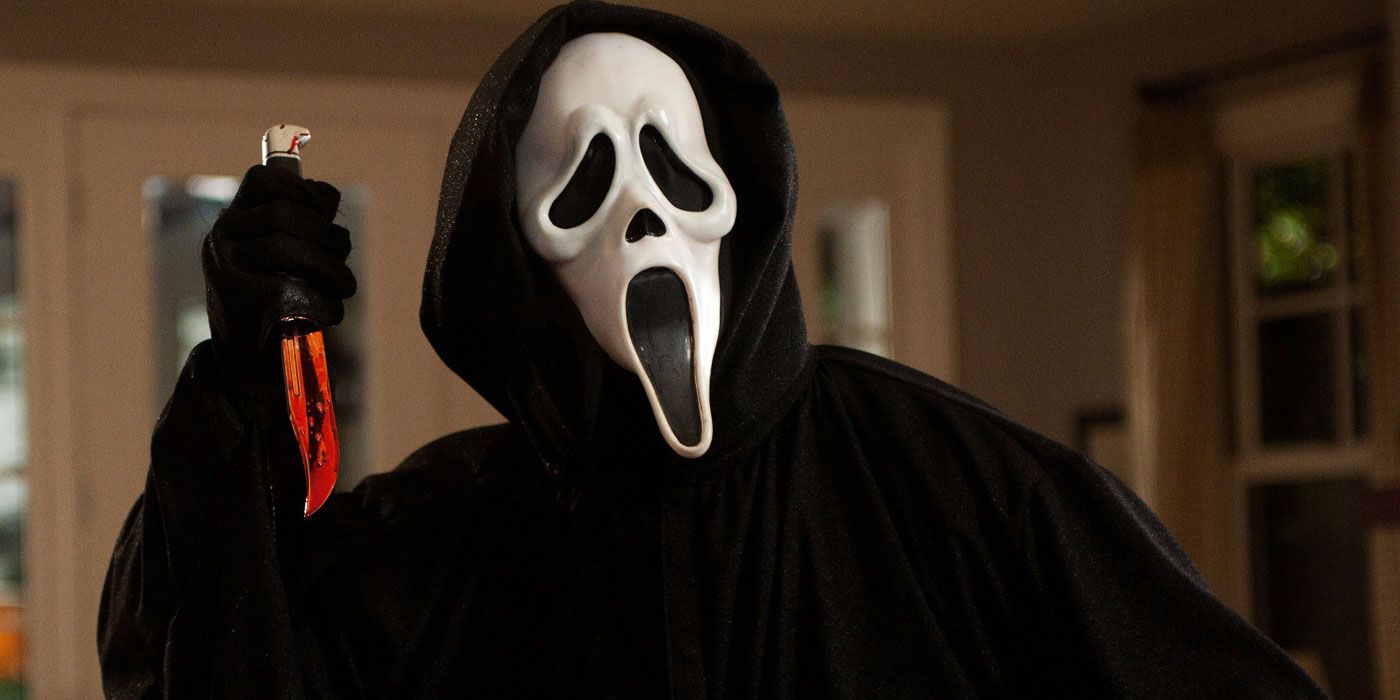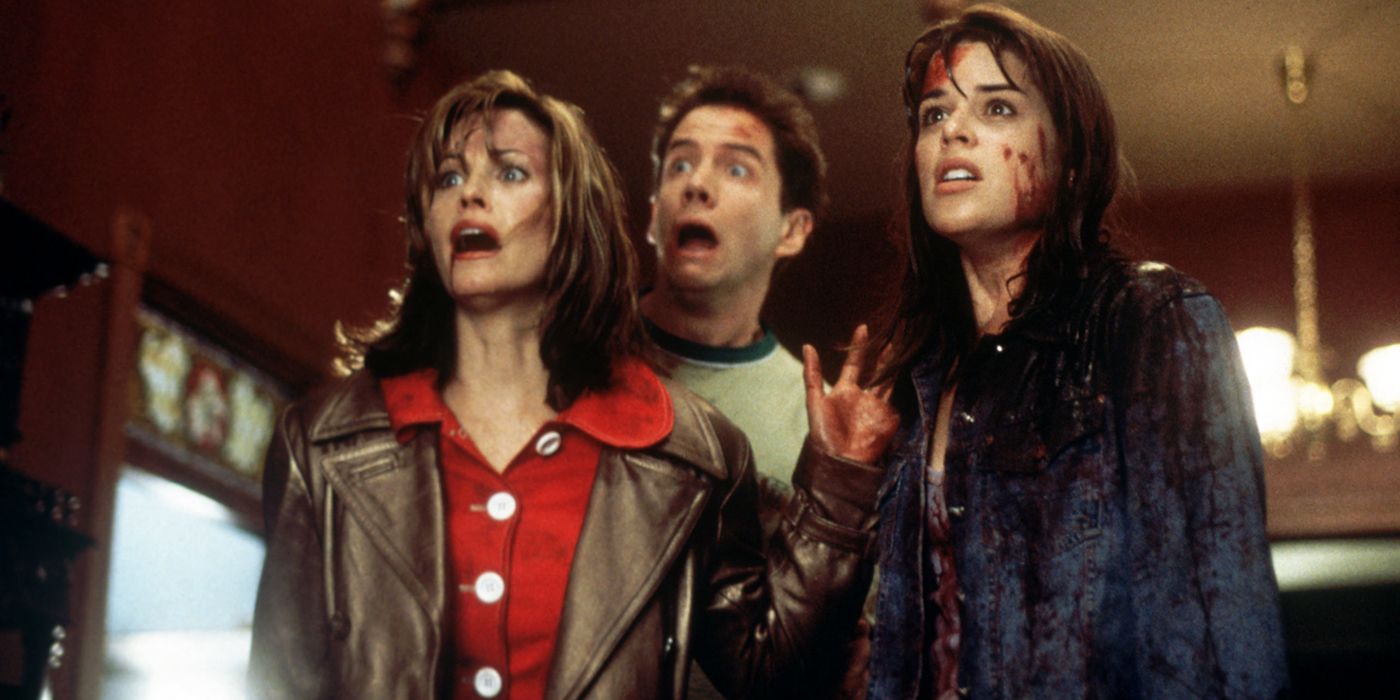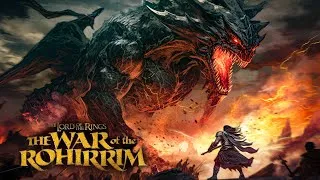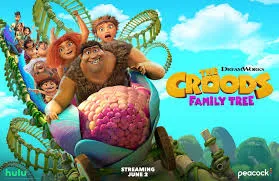The rules of horror are simple. Surviving them isn’t
Released in 1996 and directed by Wes Craven, Scream reinvented the horror genre by breaking all its rules—while gleefully pointing them out. More than just a slasher flick, Scream became a cultural phenomenon thanks to its meta-aware script, clever twists, and iconic masked killer: Ghostface.
The film centers around Sidney Prescott (Neve Campbell), a high school student in the quiet town of Woodsboro. A year after the brutal murder of her mother, Sidney’s life spirals into terror once more when a masked killer begins targeting her and her friends. But this isn’t a mindless spree—Ghostface taunts his victims, plays with them, and most famously, quizzes them on horror movie trivia before striking.

What made Scream revolutionary was its self-awareness. Characters knew the clichés: don’t say “I’ll be right back,” don’t have sex, don’t drink or do drugs. But even with all this knowledge, they still found themselves gutted—literally and emotionally. The killer wasn’t a supernatural force or a faceless boogeyman. It was someone they knew, hiding in plain sight, and playing by a twisted set of slasher-film rules.
The screenplay, penned by Kevin Williamson, balanced sharp humor with brutal kills, creating a tone that was both mocking and genuinely suspenseful. And the cast—featuring Drew Barrymore, Courteney Cox, David Arquette, and Skeet Ulrich—helped elevate it beyond the typical teen horror fare. Barrymore’s shocking death in the opening scene redefined expectations immediately: no one was safe.

At its core, Scream isn’t just about murder—it’s about the media’s obsession with violence, the fragility of trust, and the way horror movies reflect real fears. It’s a film that knew it was a film—and that made it terrifying in a whole new way.



